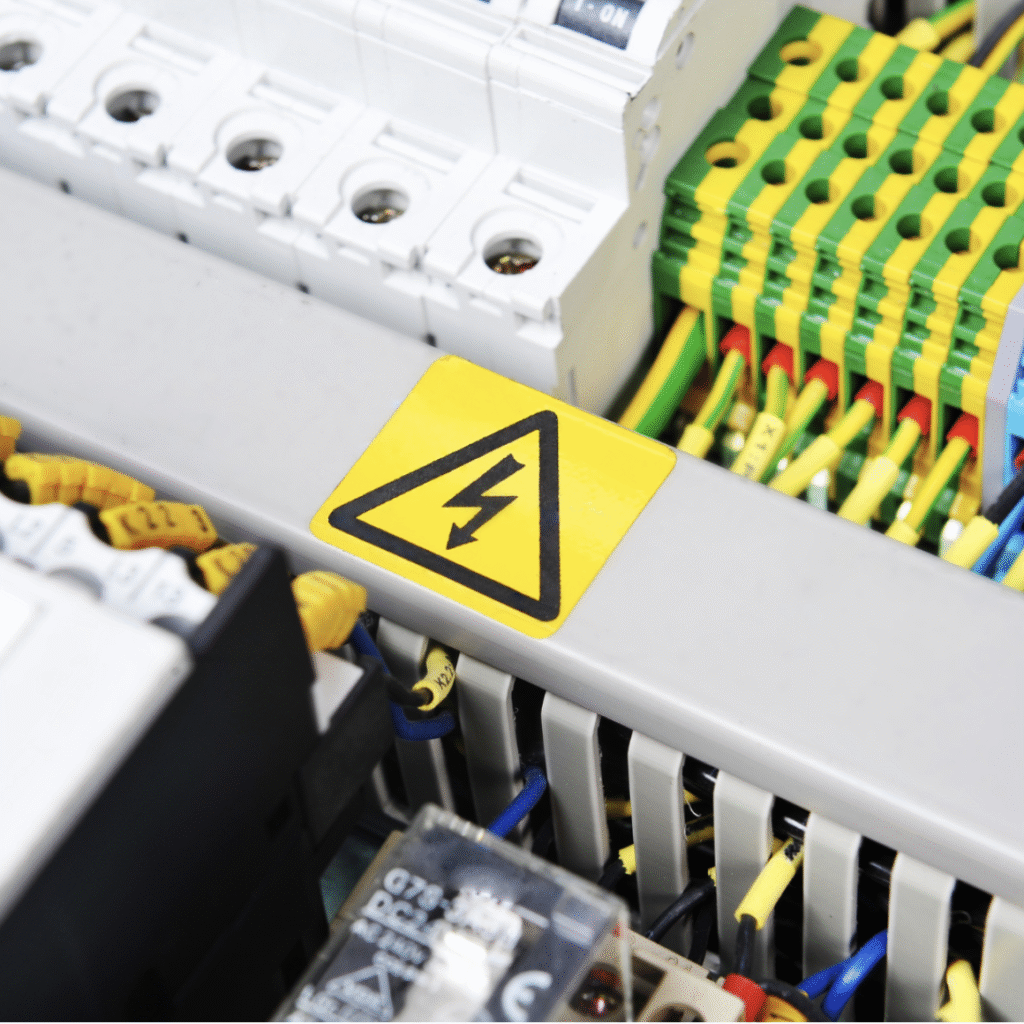Voltage Dependent vs Voltage Independent Equipment
Understanding voltage dependent and voltage independent equipment
When considering voltage optimisation as part of your energy efficiency strategy, one crucial factor is often overlooked: the type of equipment in use. Whether your systems are voltage dependent or voltage independent can significantly affect the level of savings you’ll achieve.
Voltage dependent equipment reacts directly to voltage levels. When voltage is reduced, the equipment draws less power and consumes less energy. In contrast, voltage independent equipment is designed to draw a constant amount of power regardless of voltage changes. Understanding the difference helps set realistic expectations and guides proper implementation of voltage optimisation.
What is voltage dependent equipment?
Voltage dependent equipment is affected by fluctuations in the supply voltage. If the voltage supplied is higher than necessary, the equipment consumes more energy than needed. Reducing the voltage in these cases results in real, measurable savings.
Examples include:
Incandescent and halogen lighting
Electric heaters
Older HVAC systems without electronic control
Transformers under partial load
Unregulated motors (especially when operating under partial load)
For these systems, voltage optimisation can significantly reduce electricity consumption and prolong equipment life by reducing thermal and mechanical stress.
What is voltage independent equipment?
Voltage independent equipment maintains consistent power consumption regardless of the voltage level. These systems are often built with switch-mode power supplies or internal voltage regulation, which means they compensate for supply variations by adjusting the current draw.
Examples include:
LED lighting with drivers
Modern HVAC units with electronic controls
Computers, servers, and most IT equipment
Variable Speed Drives (VSDs)
While lowering voltage on these devices does not deliver large direct savings, it also does not cause harm. Current may increase slightly, but overall energy use measured in kilowatt-hours remains largely unchanged.
How voltage optimisation helps both equipment types
Voltage optimisation primarily helps by reducing excess supply and ensuring your site operates closer to its optimal voltage levels. For voltage dependent equipment, this delivers direct energy savings. For voltage independent equipment, the benefits are more indirect but still valuable.
Benefits include:
Reduced losses in cables and transformers
Lower peak demand and improved power quality
Extended equipment lifespan through reduced thermal stress
Improved resilience against voltage fluctuations or spikes
In facilities that use both types of equipment, voltage optimisation becomes a complementary measure that improves site-wide efficiency, not just electricity usage.
Why voltage optimisation still makes sense today
Some believe that voltage optimisation is no longer relevant due to the widespread use of voltage independent equipment like LEDs and VSDs. However, that’s not the full picture.
Before these technologies were common, businesses could expect savings of 10 to 15 percent simply by reducing voltage. While modern systems may lower that percentage, there are still plenty of opportunities to save — especially when optimisation is part of a wider strategy.
A real-world example: A manufacturer that had already installed LEDs and VSDs still saw an extra 3 to 5 percent reduction in energy usage after implementing voltage optimisation. That’s a meaningful improvement, particularly for large sites or those with 24/7 operations.
Why equipment assessment matters in voltage optimisation
No two sites are the same. The mix of voltage dependent and voltage independent loads varies between offices, warehouses, retail sites and factories. That’s why the first step in any optimisation project should be a detailed equipment and load assessment.
For example, many industrial sites still operate fixed-speed motors and legacy HVAC systems that are highly voltage dependent. In those environments, the potential for savings is far greater.
An accurate survey will help quantify:
The proportion of voltage dependent loads
The likely impact on different systems
The total expected return on investment
Any equipment adjustments that may improve results further
Conclusion: voltage optimisation tailored to your site
Voltage optimisation is not a one-size-fits-all solution. Its effectiveness depends on your equipment, your voltage levels, and your energy usage profile. But when implemented correctly, it consistently delivers long-term operational, environmental and financial benefits.
Understanding the difference between voltage dependent and voltage independent equipment is key to setting realistic expectations. When supported by a proper site assessment, voltage optimisation can help you reduce waste, cut costs, and improve performance, making it an essential part of your wider sustainability and energy strategy.

